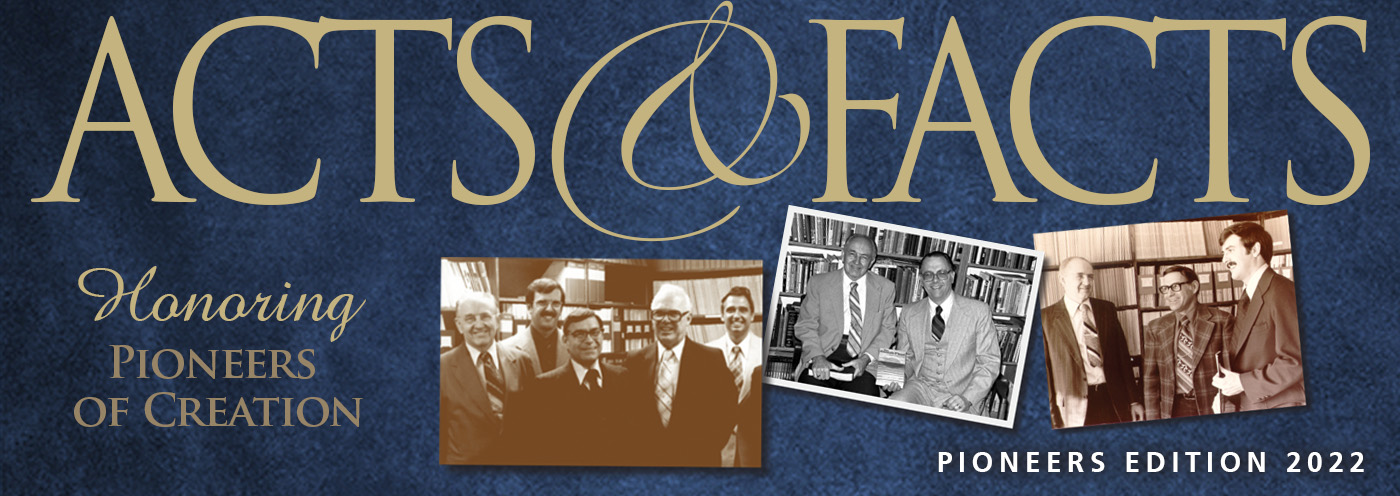
Age of Grand Canyon Remains a Mystery
How would a scientist estimate the time when a canyon formed? Various techniques and different interpretations of those techniques have yielded a wide range of estimated dates for the formation of Arizona's Grand Canyon. But results from a new technique are again challenging the canyon's previous date. Will science ever resolve the Grand Canyon dating game?

Dinosaur Bone Tissue Study Refutes Critics
Original dinosaur tissues in fossil bones are probably the most controversial finds in all of paleontology. Secular scientists have difficulty interpreting them. They debate whether the tissues are real, based on laboratory-measured tissue decay rates, or whether the tissue decay rates are real, based on plainly observed tissues.

Cambrian Creature Had Complicated Brain
Scientists in China recently discovered that a supposedly simple, ancient creature had an unexpectedly complicated nervous system. The creature was an extinct arthropod found in Cambrian rocks, and it had remarkably preserved nervous tissues that showed it had a three-lobed brain connected to fully developed eyestalks.

Bone DNA Decays Too Fast for Evolution
DNA is a biochemical that contains genetic information. And like all other cellular ingredients, it decays if cellular systems don't maintain it. Now, scientists are more confident about how fast it falls apart after a cell dies.

Why Do Creatures in Ancient Amber Look So Modern?
Gall mites are too small to see without aid, but scientists found two of them after scanning 70,000 amber droplets from Triassic beds in Italy. How much have mites evolved in the supposed 230 million years since they were entombed in amber?






